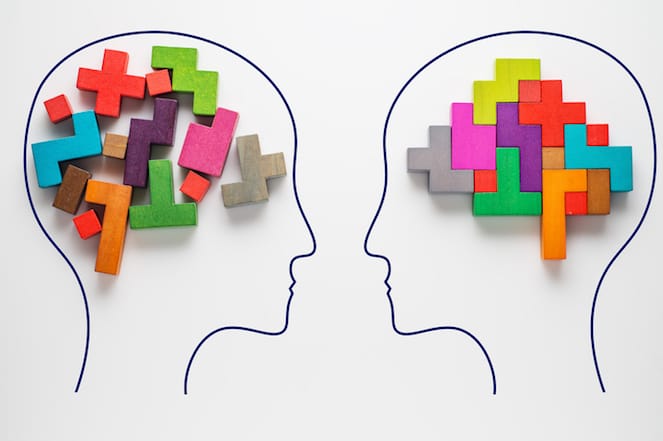A device for detecting signs of dementia is making buzz for its new and improved diagnostic method. British-Iranian inventors Dr. Sina Habibi and Seyed Razazi created the Integrated Cognitive Assessment (ICA).
This brand new device allows a single test to evaluate cognitive functions related to developing dementia instead of a series of tests.
Habibi is a mechanical engineer with a Doctor of Philosophy degree in nanobiotechnology, while Razazi is a computational scientist.
Razazi was involved in the laboratory work that birthed functional Magnetic Resonance Imaging (fMRI), a device that measures brain activity, in understanding human vision back in 2011.
The said research became the groundwork for Habibi and Razazi’s work on ICA.
A new and improved Cognitive Assessment Tool
Dementia is a cognitive condition characterized by memory loss or forgetfulness that primarily affects older people.
Signs and symptoms of dementia include confusion, lack of concentration, frequent memory problems, behavioral changes, and apathy.
Cognitive and neuropsychological tests are fundamental diagnostic tools for dementia.
ICA shows a series of photographs involving hidden and apparent animals.
After five minutes, the system analyzes the answers and determines cognitive impairment. This latest diagnostic technology in detecting dementia advances by leap and bounds to the traditional pen-and-paper test.
According to Habibi and Razazi, ICA does not only produce results as quickly as 5 minutes, but it also detects any risk for dementia as early as ten years before it develops.
Furthermore, the inventors decided to utilize pictures instead of the typically written dementia tests where sentences and questions are involved.
The preference was fueled by the need to produce an assessment that steers away from the use of language comprehension.
Over the years, neurophysiological tests have been criticized for their potential bias on educational attainment and the presence of a language barrier that could have influenced the assessment analysis, thereby increasing the likelihood of reduced precision.
However, since ICA is using images, these concerns are non-existent.
The development of a breakthrough
From 2015 to 2019, the two collaborated with the National Health Services, a UK government-funded healthcare system. During the three phases of clinical trials involving 500 respondents aging 55 to 85.
They mainly targeted the age mentioned above as this is where dementia commonly starts to develop.
Ten hospitals in Sussex, and Devon along with the King’s College Hospital in London, participated in the clinical trials.
The inventors also had independent clinical trials in their home country carrying the same purpose and scale. The ultimate goal of the study was to slow down the development of dementia through quick and precise deciphering of the signs.
The conceptualization of ICA began in 2011 when Razazi was working on associating Functional MRI with human vision. Habibi took the concept of how the brain decodes imagery into evaluating the cognitive state.
Since ICA has debuted in the medical field of clinical diagnostics involving dementia, neurologists are looking forward to the widespread use of the device in many healthcare institutions.















